Wood Selection
With the exception of exotic hardwoods, all of our wood is locally sourced right here in Hudsonville, Michigan. Each piece of wood is hand picked to best ensure it is free of cracks, knots, and other deformities that may take away from its beauty. The images below were artificially generated to best illustrate how species of wood differ from each other given a similar design.
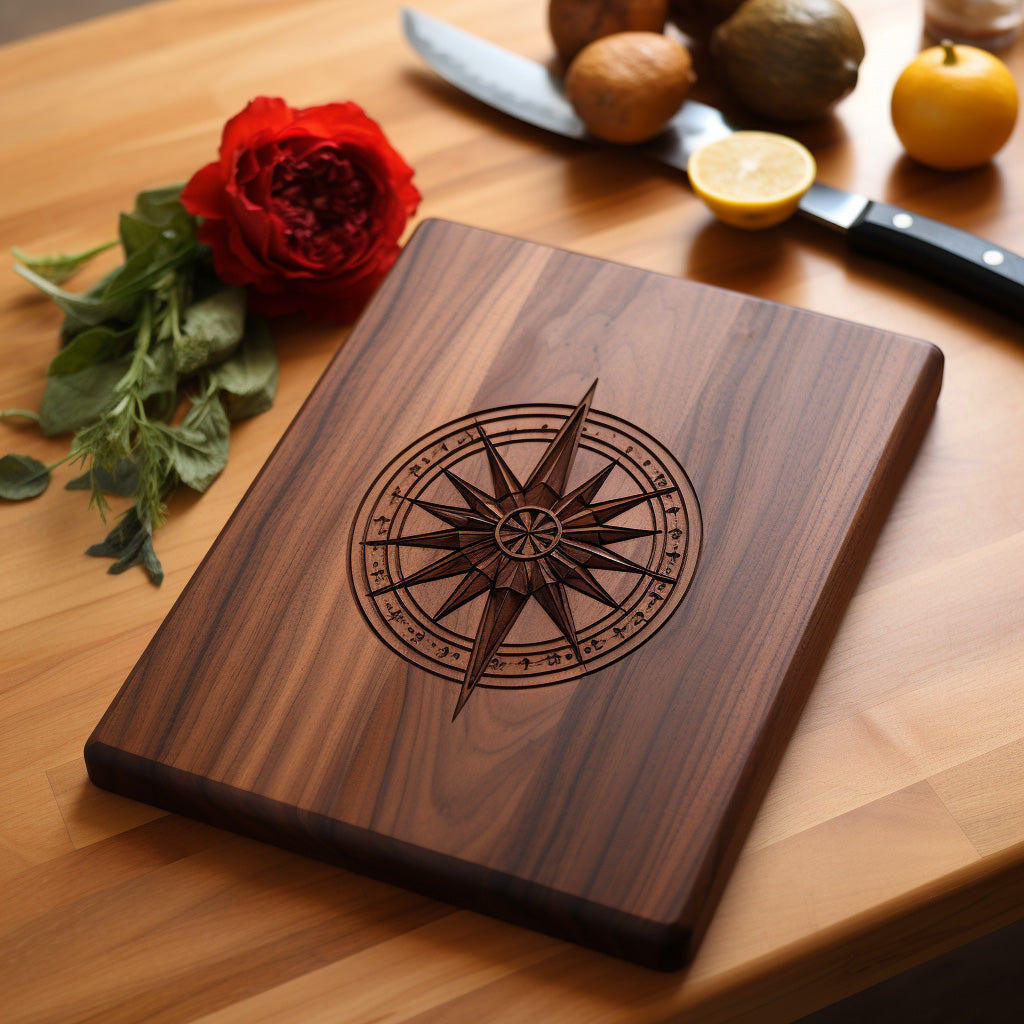
Walnut ($$)
In its natural, unfinished state, walnut wood is characterized by its rich and dark brown heartwood. This heartwood is often complemented by lighter-colored sapwood, creating a striking contrast in the wood's appearance. Walnut wood typically features a straight grain pattern that can occasionally display subtle waves or curls, adding to its aesthetic appeal. The wood has a fine, even texture and a moderate natural luster that exudes warmth and elegance. Over time, exposure to light may cause the heartwood's color to darken and become even more beautiful.
Finished walnut wood showcases a silky and smooth surface with a deep, luxurious sheen. The grain pattern becomes more pronounced and visually appealing, creating a sense of depth and dimension.
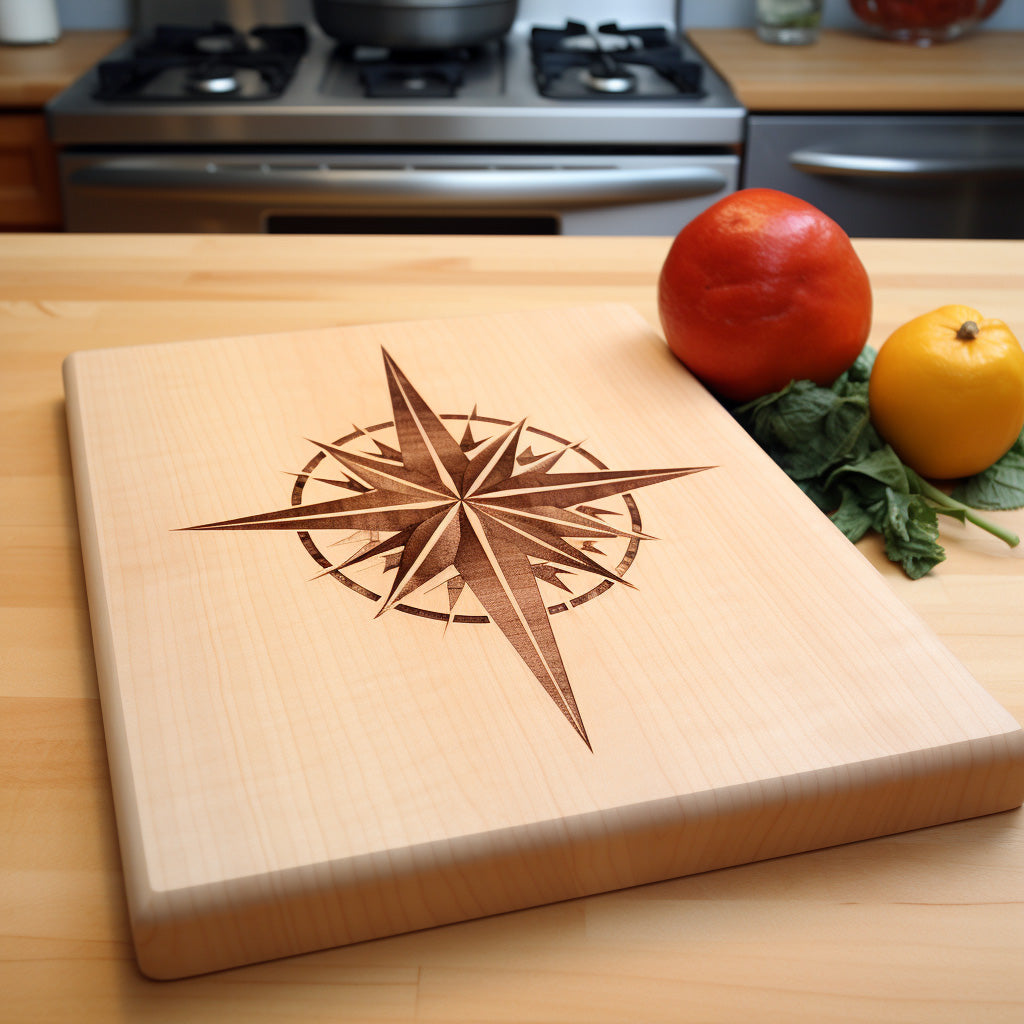
Maple ($$)
In its natural, unfinished state, maple wood displays a pale, creamy white to light golden color. One of its defining features is its fine, consistent grain pattern, which is typically straight, but can occasionally exhibit a subtle wave or curl, particularly in certain species like curly maple. The wood has a smooth and even texture with a moderate natural luster that adds a touch of brightness to its appearance.
Finished maple wood takes on a slightly deeper hue, showcasing its elegant pale to golden tones. The grain pattern becomes more pronounced, revealing its unique character. Most wood finishes are amber in color that create a warm and inviting appearance.
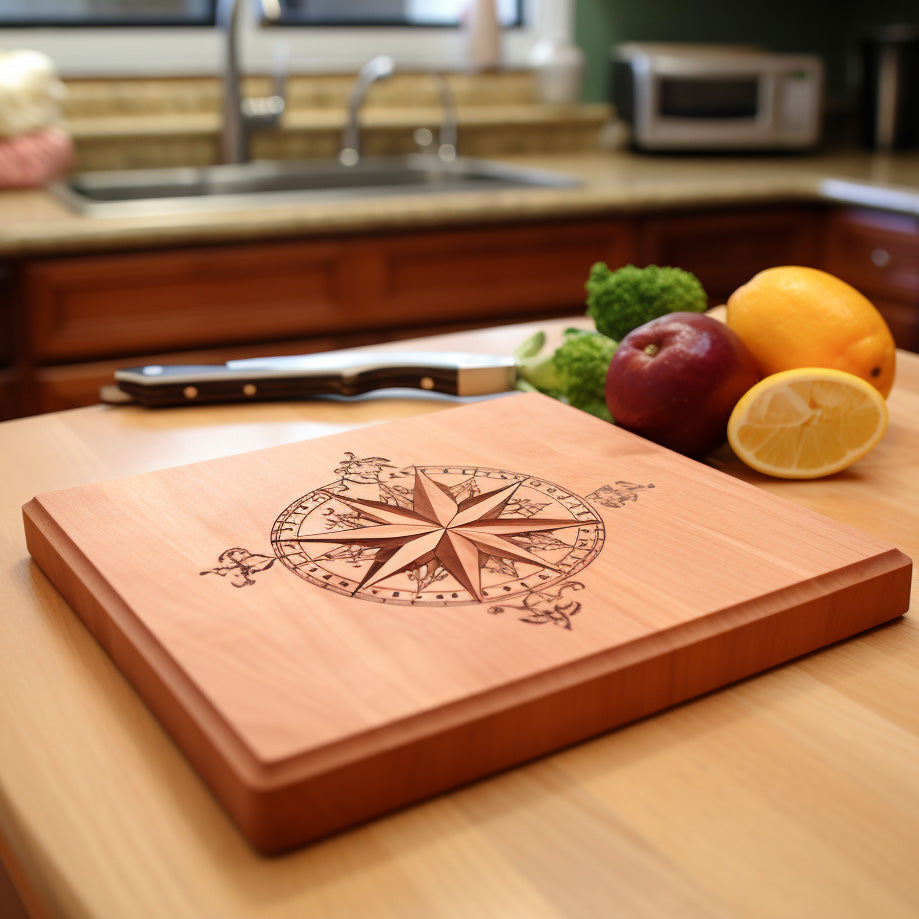
Cherry ($$)
In its natural, unfinished state, cherry wood typically presents a pale, pinkish-brown color that gradually deepens over time when exposed to light. One of its most charming features is its unique aging process, known as "cherry patina." With exposure to light, cherry wood naturally darkens, developing rich, reddish-brown and amber hues. The wood often features a straight grain pattern with occasional waves and occasional small knots or mineral streaks. Cherry wood has a fine, even texture and a moderate natural luster that exudes warmth and charm.
Finished cherry wood boasts a deep, warm, and inviting appearance, with a smooth, satin-like sheen. The grain pattern becomes more pronounced, showcasing the wood's natural elegance and character.
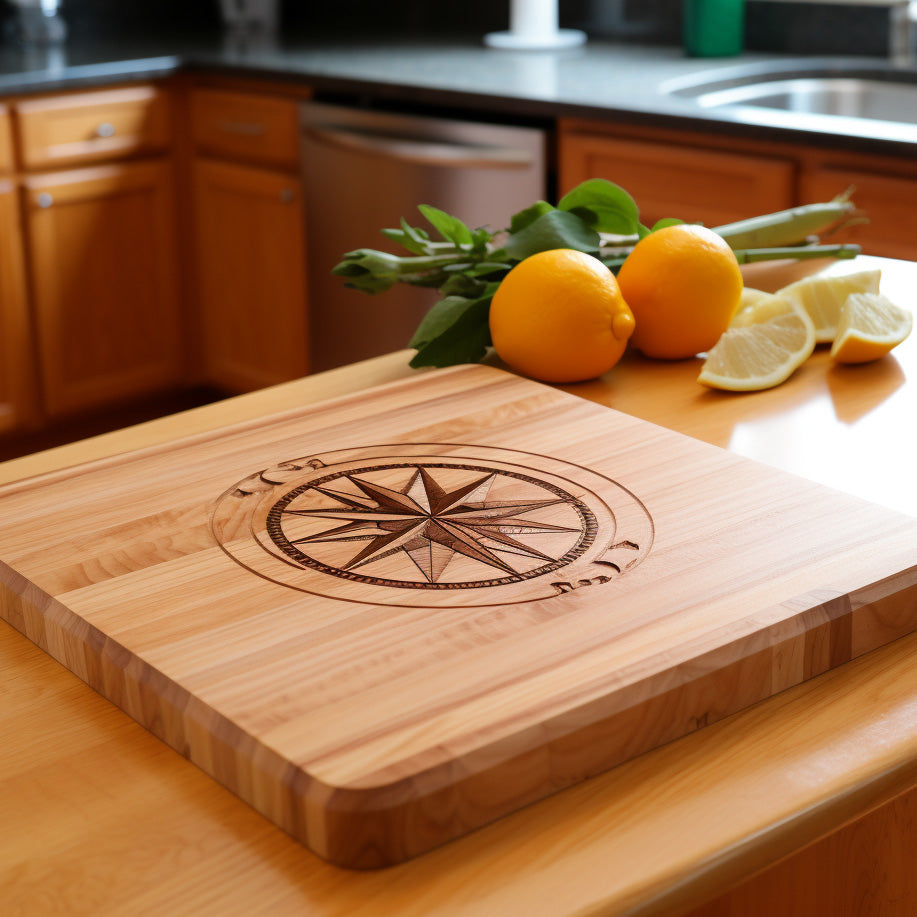
Elm ($$)
One of Elm's distinguishing features is its distinctive and pronounced grain patterns, which often include beautiful swirls, interlocking grain, and occasional knots. Elm wood has a relatively fine and even texture, contributing to its overall appeal.
Finished elm wood showcases a warm, golden-brown hue that brings out the intricate grain patterns, adding depth and character. The surface becomes smoother and more polished, exuding a timeless and inviting luster.
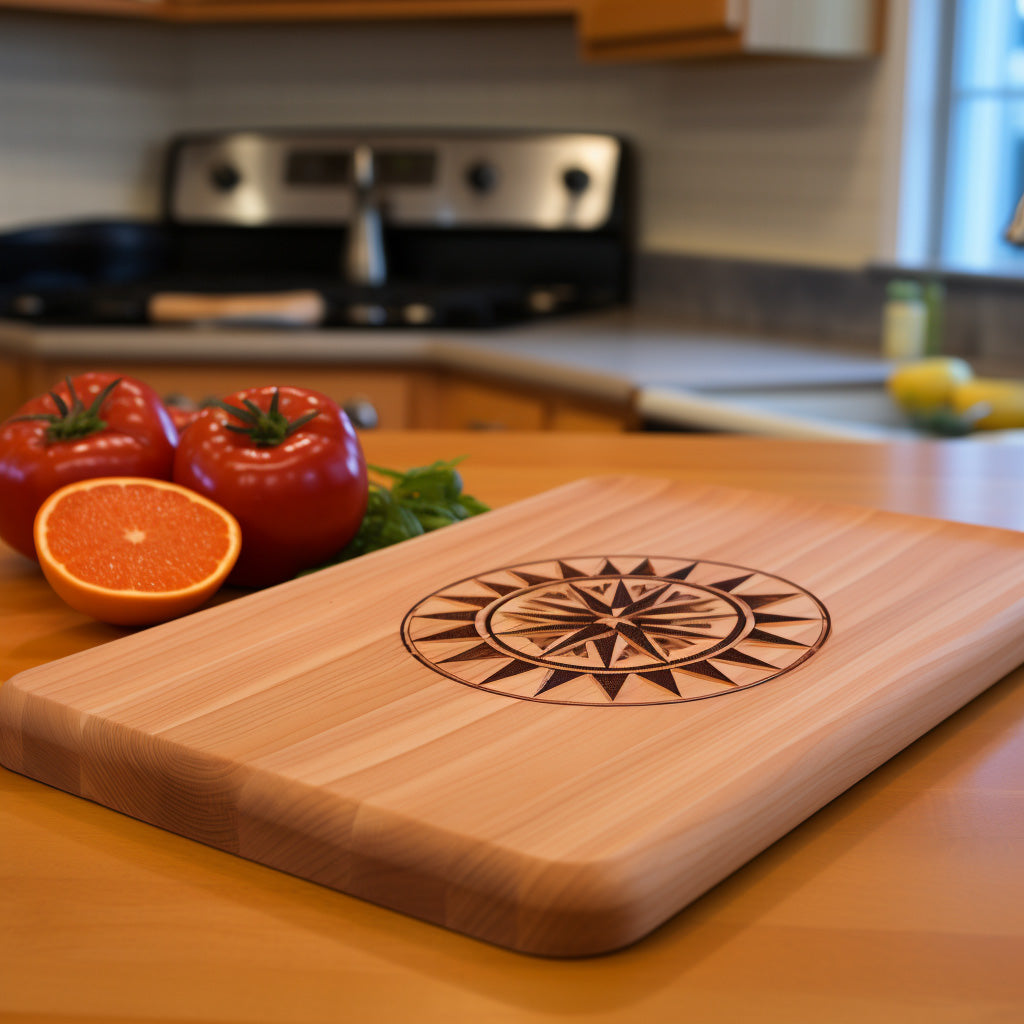
Cedar ($$)
Cedar has a fine, even texture with a subtle natural luster. One of its most distinctive features is its aromatic scent (at least when cutting it), which adds a unique and pleasant fragrance to the surrounding area. Over time, cedar may develop a silvery-gray patina when exposed to the elements, which is often prized for its rustic charm.
Finished cedar wood maintains its fine texture and may retain its aromatic scent, creating a welcoming and inviting atmosphere. For outdoor projects, finishes with UV protection help prolong the wood's original color and prevent the development of the silvery-gray patina.
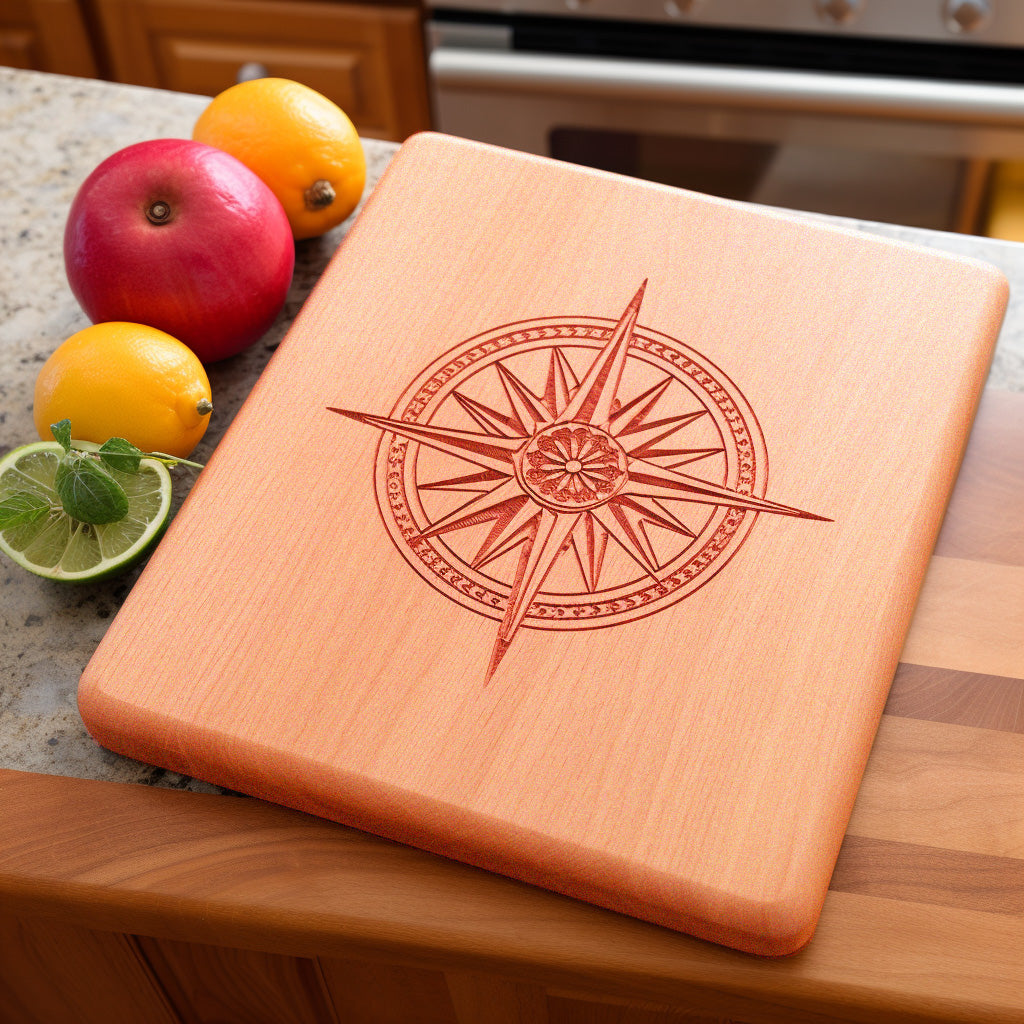
Red Oak ($$)
One of the standout features of red oak is its well-defined and prominent grain pattern. The wood has a coarse and open grain with rays that run across the grain, creating a characteristic "flake" pattern. This grain pattern is one of the defining characteristics of red oak and adds to its overall visual appeal. Red oak has a relatively straight grain, making it easy to work with and versatile in various woodworking projects.
Finished red oak wood can range in color from light golden tan to a deep reddish-brown, depending on the chosen finish. The grain patterns become more pronounced, showcasing the wood's unique texture and character. Red oak has excellent staining properties, allowing woodworkers to achieve a wide range of colors and tones to suit their design preferences.
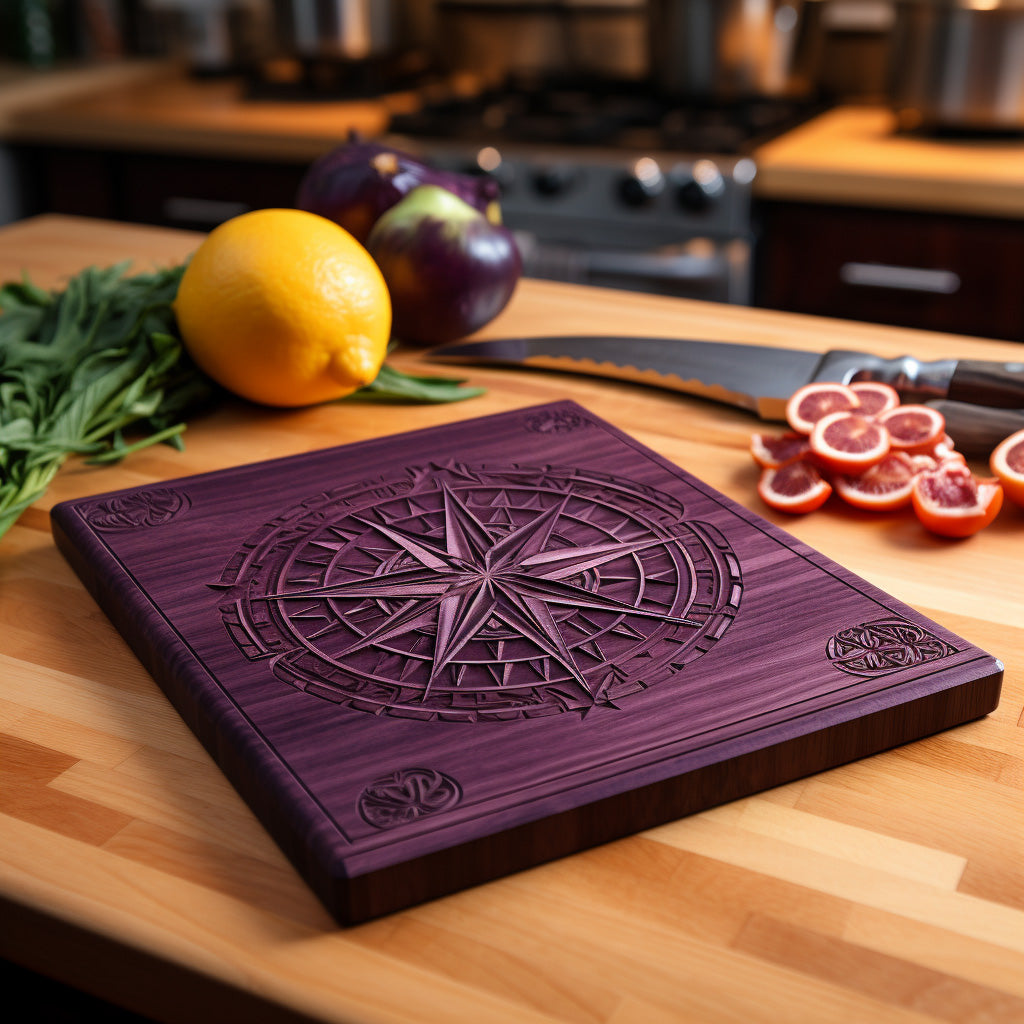
Purple Heart ($$$)
The heartwood, the innermost part of the wood, showcases a vivid purple hue that can vary from dark eggplant to a lighter purple with reddish or brownish undertones. This heartwood color is its most prominent feature and remains vibrant even when freshly cut. Over time, exposure to light and air can cause the wood to darken to a deep purplish-brown.
Finished purpleheart wood retains its deep and rich purple hue, which often intensifies, revealing a stunning and luxurious appearance. The wood's texture becomes smoother, and its grain pattern, although fine, becomes more pronounced, adding depth and dimension to the wood's overall visual appeal.
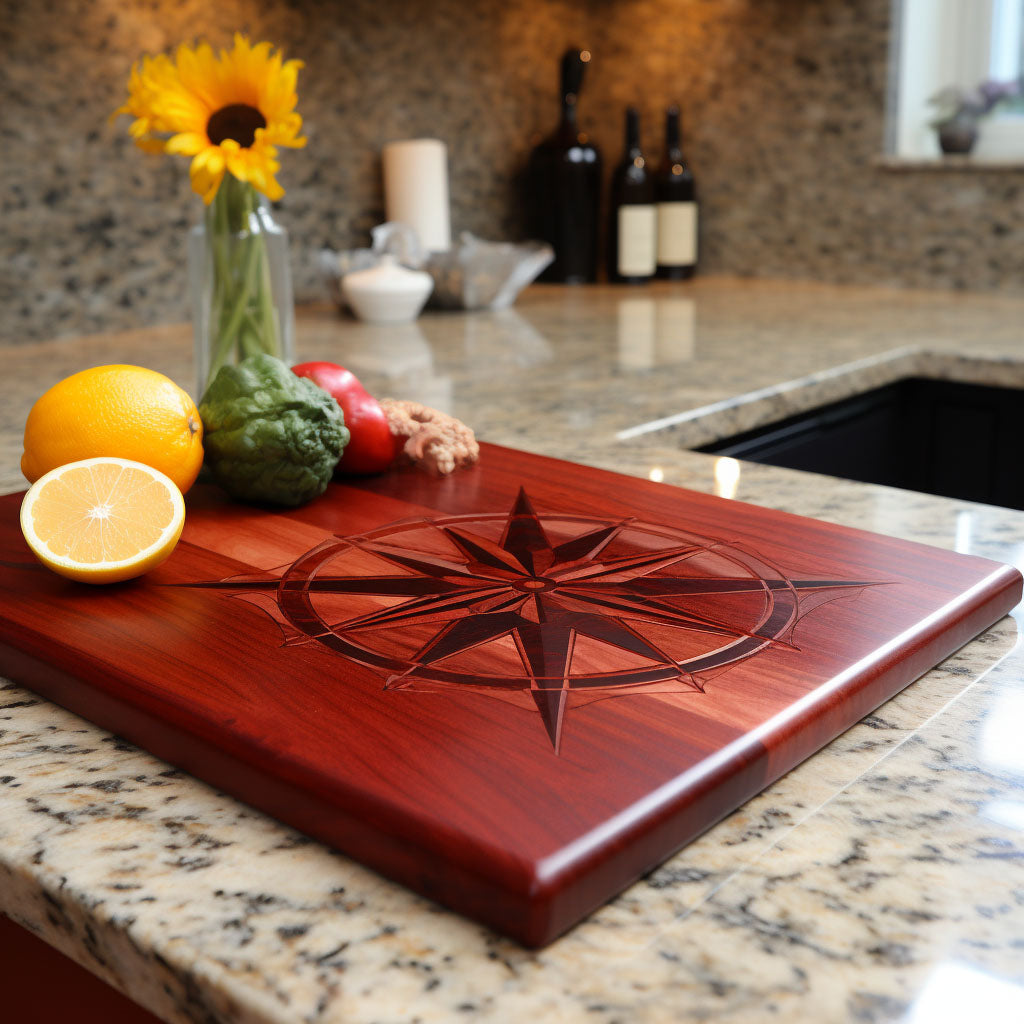
Padauk ($$$)
Padauk wood showcases its most captivating feature—the intense and vivid reddish-orange to deep crimson heartwood. This rich and warm color is a defining characteristic of padauk and makes it instantly recognizable. The wood features a fine to medium texture with a straight to interlocked grain pattern. Over time and with exposure to light, padauk's color tends to darken slightly, deepening its reddish tones.
Finished padauk wood boasts a smooth, polished surface that showcases the deep, fiery hues of the heartwood. The grain pattern becomes more pronounced and visually striking, creating a sense of depth and character.
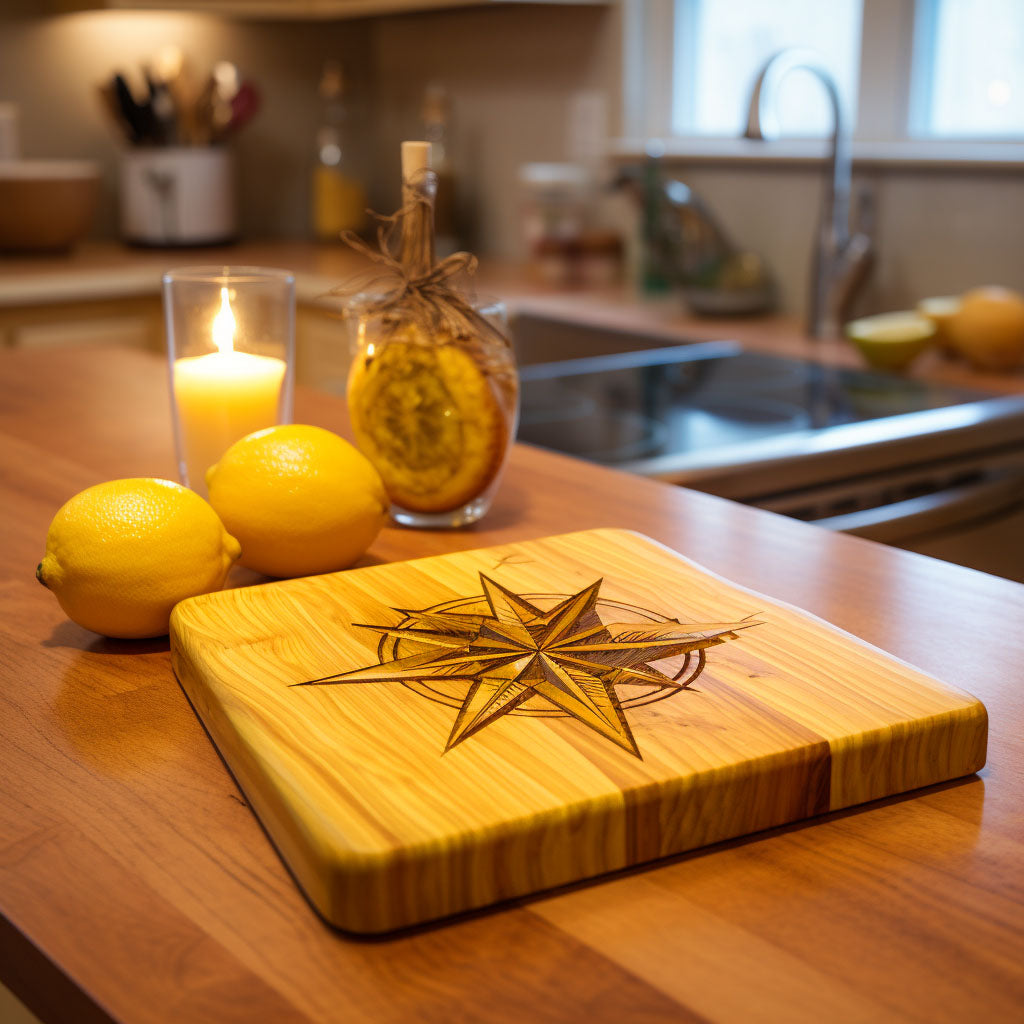
Yellow Heart ($$$$)
The defining characteristic of yellowheart wood is its remarkable heartwood, which is an intense yellow or golden hue. This vibrant color is its natural state and serves as its primary appeal. The heartwood stands in contrast to the lighter sapwood, which can appear paler and less pronounced. Yellowheart wood often exhibits a fine and uniform grain pattern, adding to its overall visual appeal.
Finished yellowheart wood retains its vibrant yellow or golden hue, making it an exceptional choice for various woodworking applications.